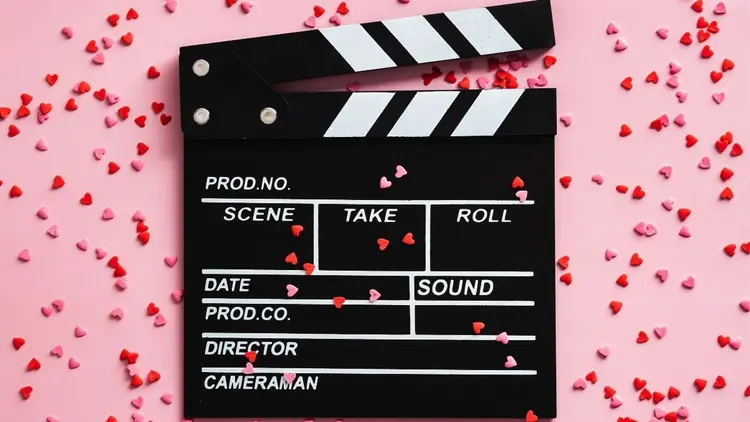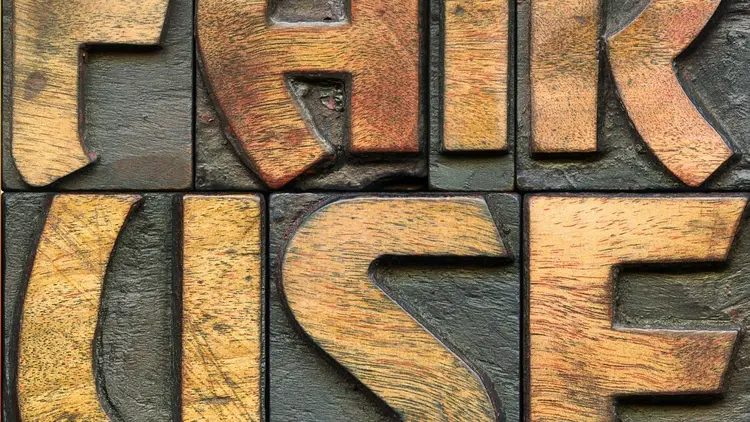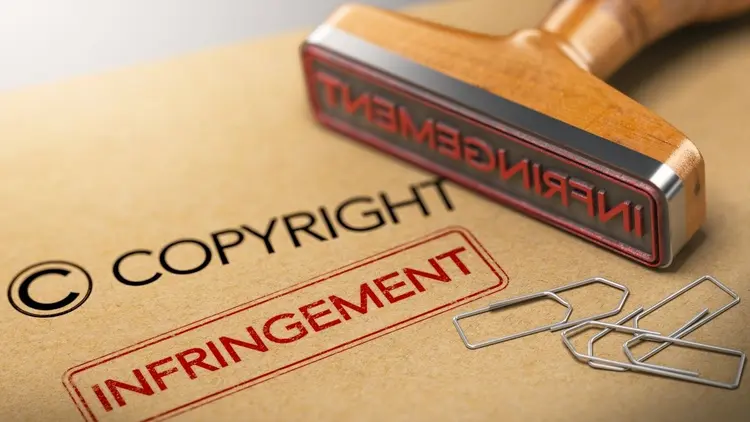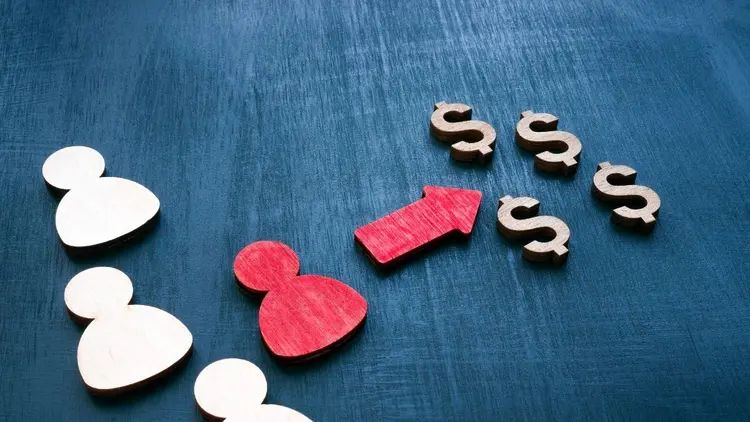

Hey there, YouTube enthusiasts and aspiring content creators! Today, we’re diving deep into a topic that’s been buzzing around: can you monetize movie clips on YouTube? It’s a question that’s been on many a creator’s mind, especially those of you who love to mix and match scenes from your favorite movies. Let’s unravel this mystery together!

Before we jump into the nitty-gritty of movie clips and YouTube monetization, let’s get a quick refresher on how monetization works on YouTube. Monetization on YouTube primarily means earning money through ads placed in your YouTube videos. However, not every video or YouTube channel gets this privilege.
To have your channel monetized, your content needs to be original, non-repetitive, and you must hold the rights to all audio and visual elements. Sounds straightforward, right? Well, when it comes to movie clips, it gets a tad more complex.
So, can you upload those awesome movie scenes you love and start raking in the cash? Here’s the deal: movie clips are generally a no-go for monetization. Why? Because they are typically copyrighted material owned by movie studios. Uploading movie clips without proper authorization can lead to copyright strikes or claims. But don’t lose hope yet!
Now, let’s talk about adding your own voice or commentary to these clips. This is where the concept of fair use might come into play. Fair use allows the use of copyrighted material under specific conditions, like for education, parody, or critical commentary. However, fair use is a tricky road and doesn’t automatically make your video clips eligible for monetization.
While direct monetization of movie clips on YouTube may be a no-no, some channels still manage to earn revenue. How? Once they gain popularity, they might make money through ads in their videos, merchandising, or sponsorships. Remember, this isn’t a direct path and comes with its own set of challenges and risks.

First and foremost, you need to get a solid grasp of copyright laws. This is crucial to avoid any legal hassles and copyright issues. You can’t just find a download button for a movie and use the content willy-nilly.
If you want to use movie clips without the worry of a strike, the best way is to seek permission or licensing from the rights holder. Yes, it can be a process, but it’s the safest route to create videos using movie clips.
Instead of relying on movie clips, why not create your original video content? It’s not only safer but also more rewarding in terms of building an authentic connection with your audience.
If you’re set on using movie clips, consider how you can add substantial value to them. This could be through in-depth analysis, critique, or educational commentary. Think of it as not just showing a single clip but creating a whole new experience for your viewers.
The #1 to make money online with TikTok Search (FREE TRAINING)

The allure of using captivating movie scenes to attract viewers is undeniable, but the path to monetization is fraught with copyright complexities and YouTube’s stringent policies. Let’s explore the intricacies of YouTube’s guidelines and how creators can navigate them to potentially monetize content featuring movie clips.
YouTube’s platform offers fertile ground for creators to share diverse content, including reviews, reactions, and analyses. However, when it comes to monetizing content that includes movie clips, creators must tread carefully.
YouTube’s policies on reused content and commercial use are designed to protect copyright holders and ensure that creators bring fresh, original content to the platform. Simply uploading unaltered movie clips, or even small compilations from various sources, without significant modifications or added value, falls short of these monetization criteria.
The essence of YouTube’s guidelines is not to stifle creativity but to encourage creators to produce content that is unique and engaging. This means that for content featuring movie clips to be eligible for monetization, it must be transformative in nature. But what does “transformative” mean in this context, and how can creators achieve it?

At the heart of the discussion on transformative content is the concept of fair use, a doctrine that allows limited use of copyrighted material without the need to obtain permission from the rights holders. However, fair use is a nuanced concept and often misinterpreted.
It is not a blanket permission to use copyrighted material; rather, it is a legal defense that considers several factors, including the purpose and character of the use, the nature of the copyrighted work, the amount and substantiality of the portion used, and the effect of the use on the potential market for the original work.
To navigate the complexities of fair use and create content that is eligible for monetization, creators should consider the following strategies to transform movie clips significantly:
Add Commentary or Analysis: Simply talking over a movie clip is not enough. Your commentary or analysis should provide substantial educational value, critical insights, or interpretative perspectives that differ from the original. This could involve analyzing the cinematography, discussing thematic elements, or offering a critique of the narrative.
Create Parodies: Parodies that humorously critique or mock the original work can qualify as transformative. However, the parody must be evident and should not merely serve as a disguise to use copyrighted material.
Incorporate into Reviews or Reactions: Movie clips used in the context of reviews or reaction videos can be considered transformative if they are integral to the review or reaction being shared. The key is to ensure that the clips are used to supplement your original content, not replace it.
Educational Use: Using movie clips for educational purposes, such as illustrating a point in a film studies lecture, can also be transformative. The usage should be directly related to the educational content being delivered.
Mashups or Remixes: Creating a mashup or remix that results in a new, original work can be transformative. This requires creatively reworking the material to produce something distinct from the original clips. For this strategy find movie clips with a similar theme to edit together.
Monetizing movie clips on YouTube is a challenging endeavor, but not impossible. By understanding and adhering to YouTube’s policies, and creatively transforming content to align with the principles of fair use, creators can navigate the complexities of copyright and monetization.
The goal is not just to use movie clips but to elevate them, creating content that is both engaging for viewers and respectful of copyright laws. In doing so, creators can unlock new possibilities for monetization and contribute to the rich tapestry of content on YouTube.

Copyright strikes serve as YouTube’s method of enforcing its copyright policies, acting as a deterrent against the unauthorized use of copyrighted materials. These strikes can have significant repercussions for content creators, including restrictions on the ability to upload videos, loss of monetization privileges, and, in severe cases, termination of the channel.
To navigate the treacherous waters of copyright on YouTube and avoid these punitive measures, creators must be vigilant and adopt a proactive approach to content creation.
Uploading movie clips without permission is a common pitfall that many new creators fall into, mistakenly believing that their use is inconsequential or unnoticed. However, movie studios and copyright holders actively monitor YouTube for unauthorized use of their content. When detected, they can issue copyright strikes that signal YouTube to take action against the offending channel.
The key to avoiding copyright strikes while using movie clips lies in significantly transforming the content. This transformation goes beyond mere editing or overlaying commentary; it involves creating a new work that provides additional value to the audience and differs from the original purpose of the movie clip.
The #1 to make money online with TikTok Search (FREE TRAINING)

In-depth Analysis: Dive deep into the themes, cinematography, acting, or production design of the clip. Avoid using the whole movie and only use single clip crop footage and edit Offer insights that viewers might not have considered, turning the clip into a learning opportunity.
Educational Context: Use clips as teaching tools, illustrating points about narrative structure, genre conventions, or film history. This context changes the nature of the clip from entertainment to educational material.
Creative Commentary: Provide commentary that is insightful, humorous, or offers a unique perspective. Your voice should add a new layer of meaning or enjoyment to the original clip.
Parody and Satire: Reimagining scenes in a humorous light or for the purpose of critique can transform the material into something original that comments on the work itself.
Be Selective: Use only the portion of the clip that is necessary for your transformative purpose. This minimizes risk and often strengthens your argument or commentary.
Clear Attribution: While not a defense against copyright infringement, properly attributing the original source can demonstrate good faith and respect for copyright norms.
Understand Fair Use: Familiarize yourself with the principles of fair use and how they apply to your content. Remember, fair use is determined on a case-by-case basis and involves consideration of several factors.
Seek Permissions When Doubtful: If you’re unsure about the legality of using a clip, obtaining permission from the copyright holder is the safest route. This can sometimes be achieved through licensing agreements or direct requests.
Avoiding copyright strikes on YouTube requires a careful balance between creativity and compliance with copyright laws. By focusing on creating content that significantly transforms original movie clips, offering new insights, and adhering to best practices, creators can mitigate the risk of copyright strikes and foster a channel that thrives within the legal boundaries of content creation.
This approach not only respects the rights of copyright holders but also enriches the YouTube community with high-quality, original content.

Now, let’s talk about doing things the right way. Focus on creating content that resonates with your audience. Use your own voice, your unique perspective, and create something that people want to watch and engage with. And yes, this might mean avoiding the temptation to just post a bunch of movie scenes.
Original content is the golden ticket here. YouTube loves it when creators bring something new to the table. This could be your commentary, music, or even software tutorials – the sky’s the limit!
An engaged audience is crucial. When people comment, like, and share your videos, it not only boosts your channel’s visibility but also increases the likelihood of it being monetized.

In conclusion, while you can’t directly monetize movie clips on YouTube, there are ways to creatively and legally incorporate them into your content. Be mindful of the rules, focus on originality, and you can still earn money while doing what you love.
Remember, YouTube is a platform that rewards creativity and hard work. So, go ahead, create, monetize, and most importantly, enjoy the journey!
For more insights on making the most of your YouTube journey, check out these helpful resources:
Happy YouTubing, and may your creativity shine!





